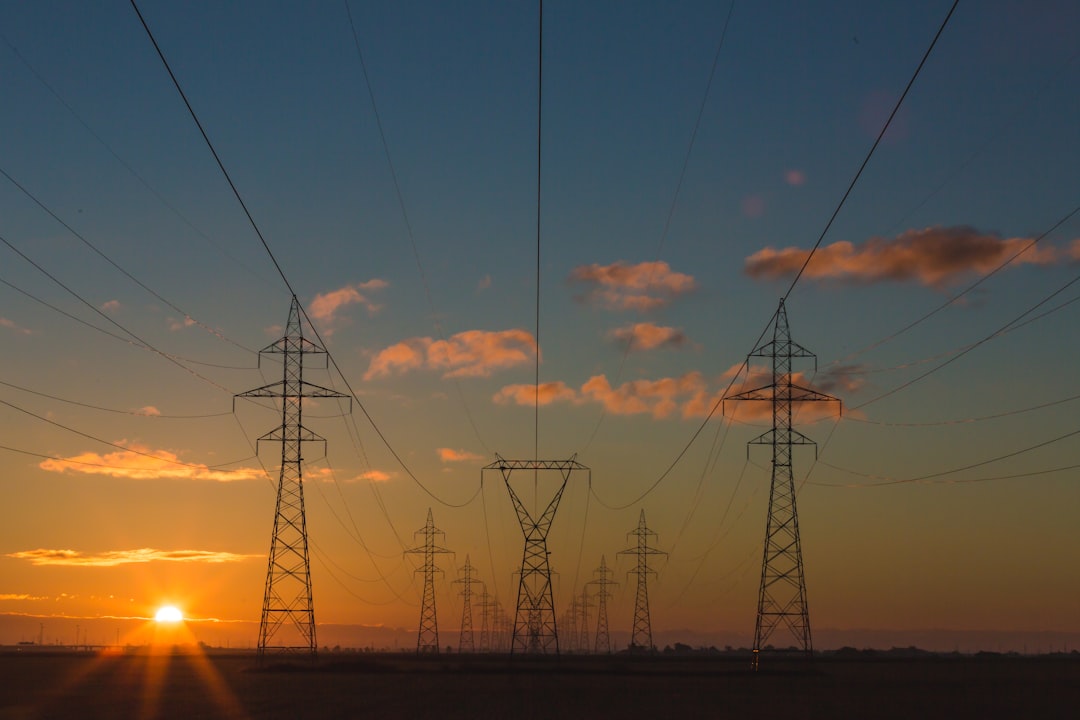What is it about?
Plasmonic nanocavities comprised of metal film-coupled nanoparticles have emerged as a versatile nanophotonic platform benefiting from their ultrasmall mode volume and large Purcell factors. In the weak-coupling regime, the particle-film gap thickness affects the photoluminescence (PL) of quantum emitters sandwiched therein. Here, we investigated the Purcell effect-enhanced PL of monolayer MoS2 inserted in the gap of a gold nanoparticle (AuNP)–alumina (Al2O3)–gold film (Au Film) structure. Under confocal illumination by a 532 nm CW laser, we observed a 7-fold PL peak intensity enhancement for the cavity-sandwiched MoS2 at an optimal Al2O3 thickness of 5 nm, corresponding to a local PL enhancement of ∼350 by normalizing the actual illumination area to the cavity’s effective near-field enhancement area. Full-wave simulations reveal a counterintuitive fact that radiation enhancement comes from the non-central area of the cavity rather than the cavity center. By scanning an electric dipole across the nanocavity, we obtained an average radiation enhancement factor of about 65 for an Al2O3 spacer thickness of 4 nm, agreeing well with the experimental thickness and indicating further PL enhancement optimization.
Featured Image

Photo by Sora Sagano on Unsplash
Why is it important?
Our results indicate the importance of configuration optimization, emitter location and excitation condition when using such plasmonic nanocavities to modulate the radiation properties of quantum emitters.
Perspectives
Our results could be widely used in Purcell enhancement experiments with such plasmonic particle-on-film nanocavities to enhance the emission properties of quantum emitters. Our plasmonic nanocavities can also be used to control the emission properties of more general 2D materials and other dual-resonant optical materials.
Xifeng Ren
University of Science and Technology of China
Read the Original
This page is a summary of: Effects of gap thickness and emitter location on the photoluminescence enhancement of monolayer MoS2 in a plasmonic nanoparticle-film coupled system, Nanophotonics, May 2020, De Gruyter,
DOI: 10.1515/nanoph-2020-0178.
You can read the full text:
Contributors
The following have contributed to this page










